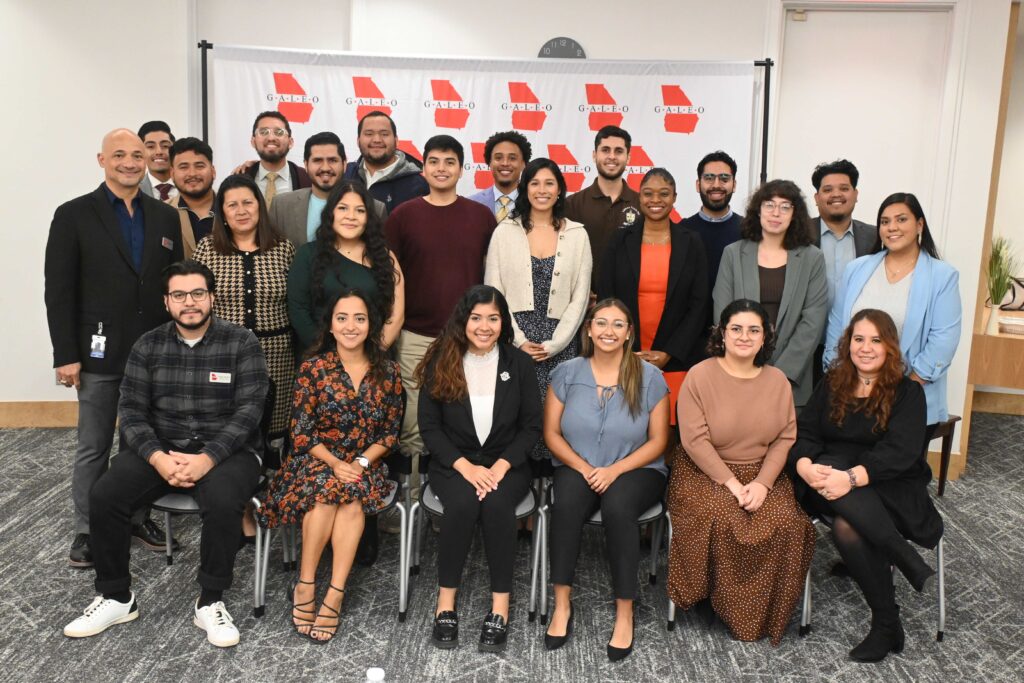
By Alba Villarreal
Gentrification is when low-income neighborhoods experience negative change due to the moving in of more wealthy, affluent people. Wealthy people take over these areas and costs of living increase significantly, causing displacement and homelessness.
Gentrification can take several forms. It is more than a change in demographics, but a change in culture. Expensive housing such as apartment complexes are built on top of areas where generations of families used to be. Larger corporations buy out mom and pop shops and other local businesses. Gentrification is not only a huge concern for residents but also for families, businesses, and entire communities who are priced out of their lives.
Unfortunately, Atlanta is a prime example of gentrification. In the 1970s, gentrification began to slowly change the face of the city. It wasn’t until the 2000s, however, that it began displacing residents at an increasing rate. With growing population and economic prosperity, living in the city became more attractive, especially to younger, college-aged students. According to a report done on gentrification, Atlanta ranks fifth in the most gentrified cities in America.[1]
While affluent people are moving into Atlanta, locals are being pushed out and many become homeless. Atlanta’s gentrification combined with the inability to provide adequate, cheap housing for their homeless population creates a problem where approximately 2,000 people are forced to sleep in the streets every night.[2]
Gentrification is the culmination of economic, policy, and social issues but there are possible solutions that can ease its negative effects. Cities can provide public housing for their residents as well as protections for renters in low-income areas. [3]
Atlanta is growing and will continue to grow. Its residents deserve to be protected against negative effects of gentrification, otherwise, the culture and vibrancy that makes Atlanta special will disappear.
Sources:
[1] Maciag, Michael. “Gentrification in America Report.” Governing, Governing, 17 Apr. 2021, www.governing.com/archive/gentrification-in-cities-governing-report.html.
[2] “The Hidden Homeless: What You’re Not Seeing in the Statistics.” Atlanta Mission, 27 July 2020, atlantamission.org/the-hidden-homeless-what-youre-not-seeing-in-the-statistics/.
[3] “Gentrification Explained.” Gentrification Explained | Urban Displacement Project, www.urbandisplacement.org/gentrification-explained.
NOTE: The opinions expressed in this blog are the opinions of the author only. It is not to be assumed that the opinions are those of GALEO or the GALEO Latino Community Development Fund. For the official position on any issue for GALEO, please contact Jerry Gonzalez, CEO of GALEO at jerry@galeo.org.